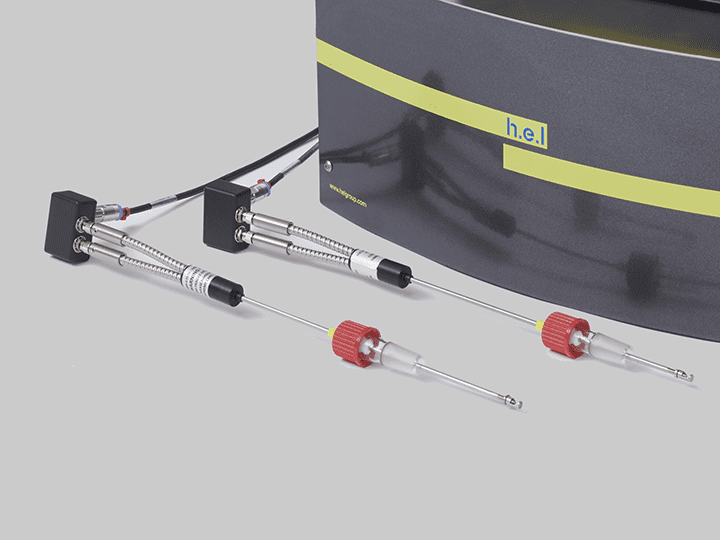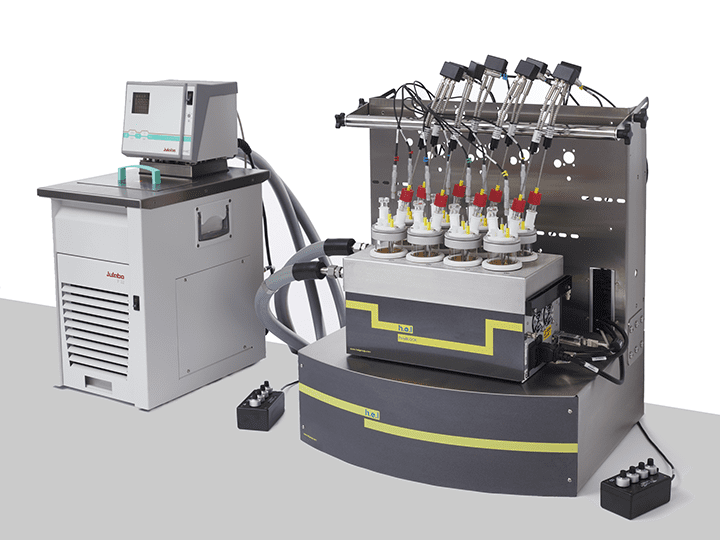Discovery
What challenges appear in the discovery phase?
Crystal polymorphism (the precipitation of certain molecules can take different forms, depending on the intermolecular arrangements.1) can result in suboptimal performance. Polymorphs vary in their physico-chemical properties, including solubility and bioavailability, chemical and physical stability, as well as mechanical properties. For this reason, extensive polymorph screening is crucial to identify the optimal structure not only during synthesis but also during use and storage. The complexity of this process and the added lack of knowledge in this field have resulted in the description of crystallization as an art rather than a science.
In silico simulation is used routinely in crystallization to reduce the time and resources used in the discovery phase. However, this methodology also has significant limitations, which can only be addressed by physical testing. Early detection of crystalline forms requires high sensitivity and precision and monitoring multiple parameters simultaneously. This includes close control of factors that impact solubilization processes, such as temperature, and clues about the evolution of the process, such as optical density.

CrystalEYES | Crystallization Monitoring Sensor
Easily Determine Solubility… The need to study crystallization is widespread in the che...

CrystalSCAN | Parallel Crystallization Monitoring Platform
The CrystalSCAN is a bench-top, automated, parallel crystallization monitoring platform, f...


